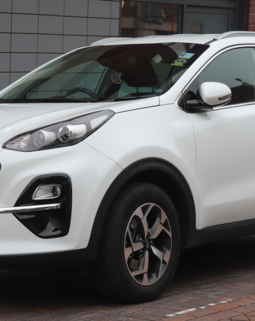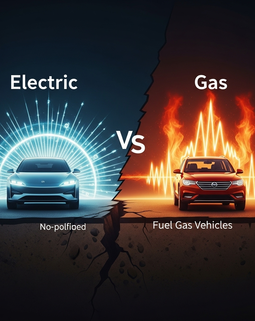By using the African Continental Free Trade Area (AfCFTA), the continent could change from being called the dumpster for old cars, say experts. Serge Kamuhinda, CEO of Volkswagen Mobility Solutions Rwanda, said that 77% of the 329,000 light vehicles EAC needs each year are used cars. The long-term impact is sobering as the EAC has an annual trade deficit of $ 2.8 billion with the auto industry alone.
India's GDP is the same as that of sub-Saharan Africa; the difference is that India produces 3.2 million vehicles annually compared to 1.1 million in Africa due to India's Common External Tariffs and Coordinated Market. Kamuhinda further emphasized that electric and connected vehicles can be profitable in the global automotive value chain. Therefore, the ultimate goal should be to sell cars of sufficient market size on the African continent by producing one car model in the east and another in West Africa.
The AfCFTA is developing a 40% rule of origin, which means that vehicles produced on the African continent will have 40% local added value. Otherwise, the industry does not have enough incentives to invest.
Andre Gromiko, the owner of the Rwanda Center for Automotive Research, said that unless people invested in acquiring the necessary knowledge and skills, Africa doesn’t have the capacity and the resources to build cars from scratch. However, companies usually buy a license from a company to fully own a specific model and continue production until they have the knowledge and skill to manufacture their model.
China, the largest automotive market today, has indicated that 40% of all car sales must be electric by 2030, the European Parliament recently decided to phase out combustion-engine vehicles by 2035, and the United States will also withdraw 50% of electric car sales by 2030. Kamuhinda believes that the automotive industry will change in eight years, and no one will invest in a factory that takes years to return on investment in obsolete technology, the internal combustion engine.
Rwanda, which has annual car growth of 12%, has created several incentives for electric vehicles, HEV and PHEV, to encourage the adoption of electric vehicles. These include exempting import and excise duties and excise duties on electric vehicles, batteries, components, and charging station equipment. In addition, the incentives include zero VAT on electric vehicles, batteries, spare parts, and charging station equipment.
Gromyko said the failures in the uptake of electric vehicles include the high cost of spare parts and maintenance, which he believes should not be a problem given the environmental benefits of electric vehicles. Roopak Gorajia, sales and marketing manager at Akagera Motors Rwanda, says that the demand for hybrid and electric vehicles is higher, and there should be more charging stations across the country to facilitate people.
Ultimately, the government needs to plan building codes and city infrastructure in the view of electric cars to be used on the streets.





